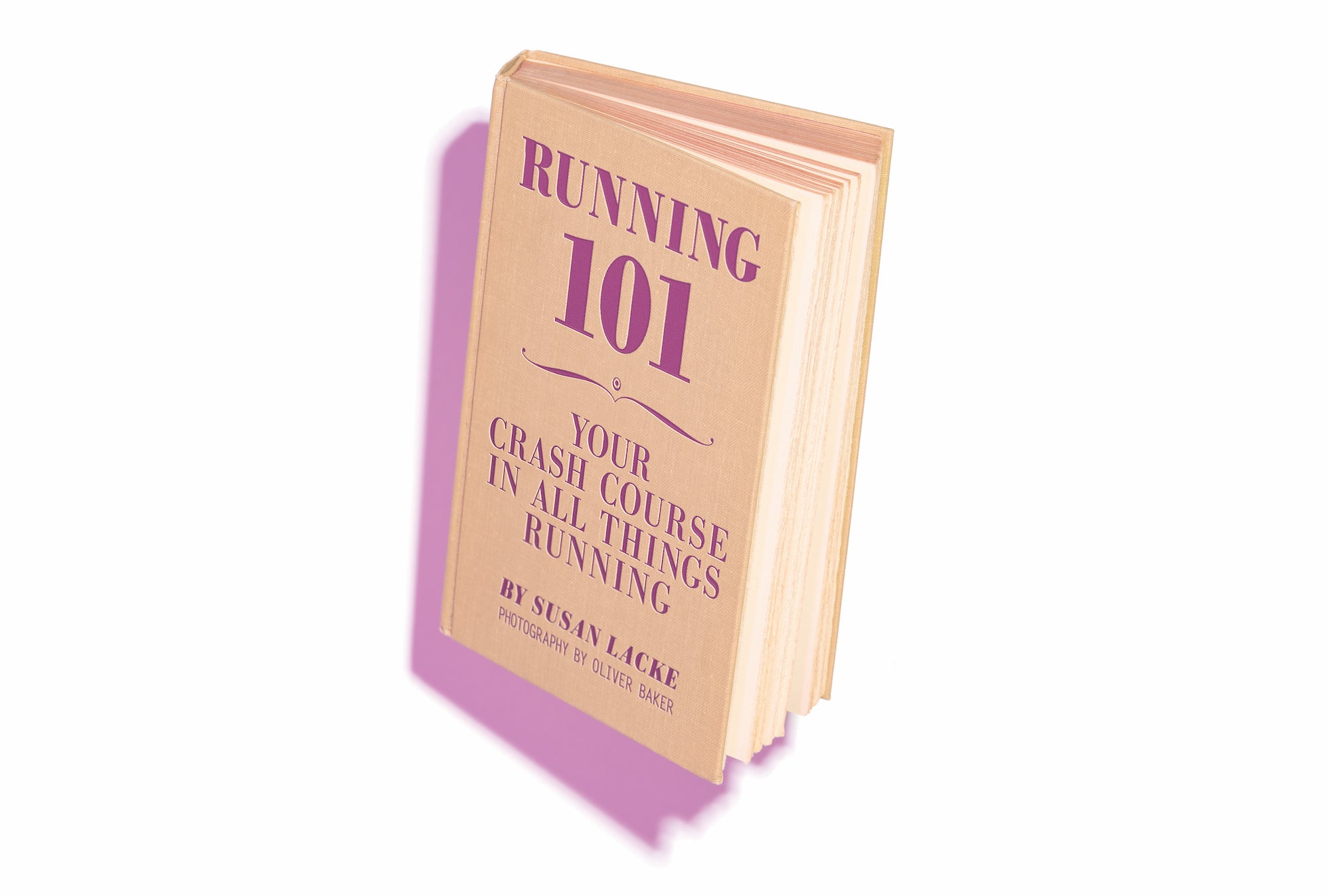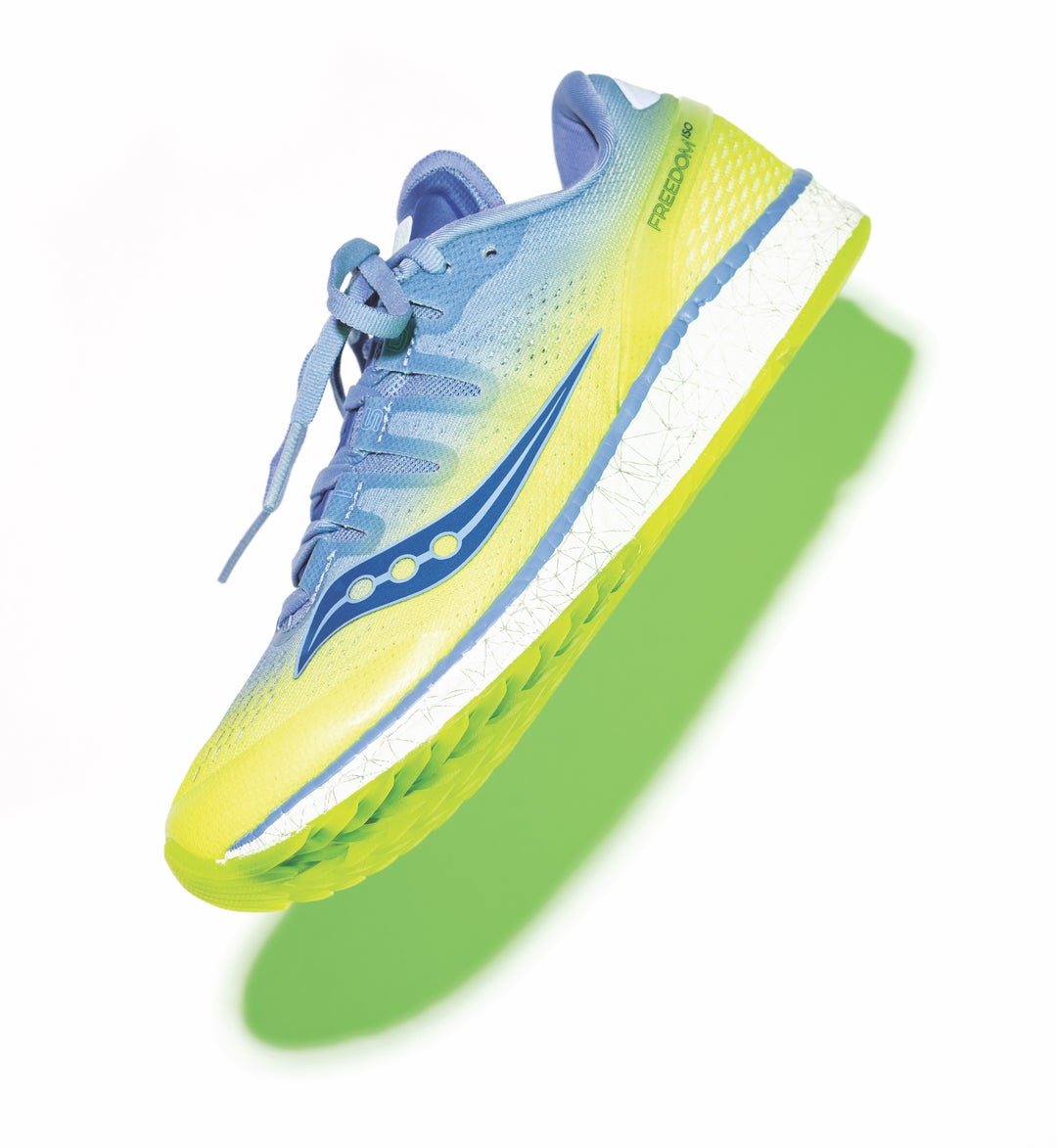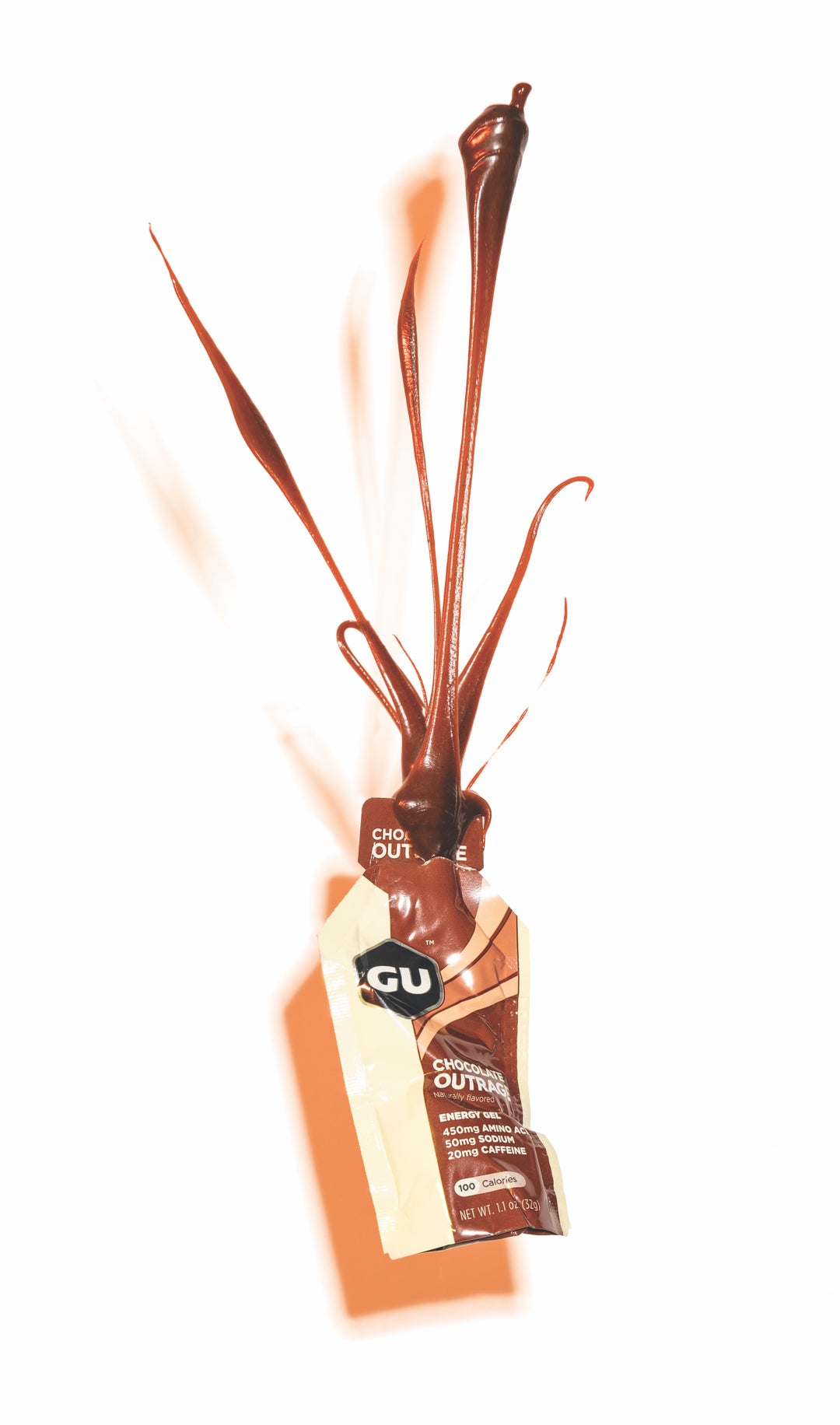Running 101: A Crash Course For New Runners

Photography by Oliver Baker.
Running isn’t complicated, but that doesn’t necessarily mean it’s easy. Save these tips to make your first, your next and every run a good one.
Getting Started
Know Your “Why”
Everyone runs for different reasons. Some start running with a certain race in mind. Others just want to have 30 minutes of mind-clearing solitude each day. Still others wish to lose weight or get in shape for something specific. There is no singular “right” reason to run, so long as it’s the right reason for you. What’s more important is that you know what that reason is, as your “why” will get you in a pair of running shoes and out the door each day.
Make A Plan
You wouldn’t set out to a new destination without knowing how to get there. The same philosophy should apply to your running. A training plan can serve as a roadmap for your running journey, giving you a clearly defined path to follow without inadvertent detours.
Walk This Way
No, walk breaks aren’t slacking off. Planned intervals of running and walking will increase your fitness while reducing your chance of injury. Over time, you can reduce the duration of the walk interval.
How long will it take to get ready for a race?
Every runner is different, but in general, a gradual build into the race distance is best.
- 5K (3.1 miles): 4 weeks
- 10K (6.2 miles): 8 weeks
- Half marathon (13.1 miles): 12 weeks
- Marathon (26.2 miles): 16 weeks
The 10 Percent Rule
Never increase your weekly mileage by more than 10 percent each week. This critical and time-proven rule keeps injury and burnout at bay.
Beginner Books
- Marathon: The Ultimate Training Guide by Hal Higdon
- Run Faster from the 5K to the Marathon by Brad Hudson
- The Run-Walk-Run Method by Jeff Galloway
Dress The Part

Dangle The Carrot
New gear can be a huge incentive. Set a goal to run four days per week for one month—if you achieve this goal, take yourself to the local running shop to treat yourself.
The Basics
Running requires very little in the way of gear: A pair of good shoes and comfortable workout clothes (see the examples below) are all you need. That’s it. (Really.)
- Brooks Women’s Chaser 5-inch Short
- Smartwool Women’s PhD Run Light Elite Micro Socks
- CW-X StabilyX Running Bra
- Headsweats Trucker Hat
Bonus Gadgets And Gizmos
These handy accessories will make running a little more enjoyable and easier on your body.
- AfterShokz Trekz Air Wireless Bone Conduction Headphones
- Ultimate Direction Ultra Belt 4.0
- ProSource High Density Speckled Foam Roller
- Garmin Forerunner 645 Music
Run-derwear?
Skip the skivvies. The liner in your running shorts—as well as the material used for fitted capris and tights—is designed to wick moisture away from the body. Wearing underwear cancels out that effect, keeping sweat near the body and upping the risk of yeast infection and chafing.
Get Out The Door Faster
Store your run clothing, shoes and gear in one place so that all you need to do is grab your shoes, put on your clothes and go. Use labeled bins to keep everything organized—and know when you’re running low on clean socks.
Shoe Talk
Late-Night Special
Shop for running shoes in the evening hours. Your feet naturally swell over the course of the day, much like they do while running a race. Measuring your feet later in the day will ensure your new shoes fit perfectly.
Shop Smart
Use these criteria to find your perfect pair:
- Surface: Are you pounding the pavement or tackling the trails? Trail-running shoes have a rugged outsole for increased traction on trails. If you’re mostly running on concrete and asphalt, stick to road-running shoes.
- Comfort: A pair of running shoes will last you up to 600 miles. If you run at a 10-minute-per-mile pace, that means you’ll log 100 hours in your shoes. If something rubs or feels off when trying on the shoes, imagine how annoying it will be on miles 30, 50 and 70.
- Weight: Lighter is faster, but it’s also less supportive. If you’re planning on logging a lot of miles, choose a shoe with a bit more heft. For short tempo work and intervals, light is right.
- Arch support: Don’t overthink the “stability” or “neutral” labels—an analysis of more than 150 studies found that arch support has no effect on injury risk, balance or performance for runners.
Reuse And Recycle
Think before you toss—many charity organizations, including One World Running, will happily take those race shirts you never wear, shorts that no longer fit or shoes that give you blisters. These treasures travel to impoverished areas, delivering the gift of running around the world.
Eat, Drink And Be Speedy

Get Buzzed
Caffeine has been shown to enhance performance and endurance, but—like all things—moderation is key. Too much caffeine can cause unpleasant side effects, like anxiety, rapid heart rate and upset stomach. Physiological research suggests runners cap their consumption at 6 milligrams per kilogram of body weight—that’s up to three cups of coffee for a 150-pound person—an hour before exercise and 1 milligram per kilogram every 20 minutes of the run.
Catch Your Zzz’s
Sleep is a critical part of the recovery process. In general, adults should get a minimum of seven hours per night, but athletes need eight to 10 to perform their very best.
Treat Your Body Like A Luxury Automobile
Premium fuel, in the form of fruits, vegetables, lean proteins and heart-healthy unsaturated fats, will keep your engine running. Need some kitchen inspiration? Grab a cookbook made with runners in mind.
- Run Fast, Eat Slow by Elyse Kopecky and Shalane Flanagan
- The No Meat Athlete Cookbook by Matt Frazier and Stepfanie Romine
- Rocket Fuel by Matthew Kadey
Eat On The Run
For runs 60 minutes or longer, consume 30 to 60 grams of carbohydrate every 30 to 45 minutes. Experiment with different fueling sources in training to know what works for you. Some options for your long-run smorgasbord:
- Gu Energy Gel
- Probar Bolt Energy Chews
- Honey Stinger Organic Waffle
- Maurten Energy Drink
- Sun-Maid Raisins
Drink Up
Hydration plays an essential role in maintaining run performance—and it’s likely you’re not drinking enough.
While running: Drink 3 to 6 oz. of water every 15 minutes. For runs longer than an hour, switch to a sports drink with carbs and electrolytes.
After running: Hop on the scale before and after exercise. For each pound lost during activity, drink 16 oz. of fluid.
Throughout the day: Shoot for 8 oz. of water per hour. Not sure if you’re getting enough? Take the pee test: When properly hydrated, urine should be pale yellow in color.
In Case Of Emergency

Gotta “Go”?
About 78 percent of female runners report experiencing GI distress while running. Anatomy, genetics and nerves may play a role in the tummy rumbles, but diet is the most likely culprit. How to address “runner’s gut”:
- Reduce fiber intake two days before important training runs and races.
- Stay hydrated. The majority of severely dehydrated runners also experience GI distress.
- Avoid heavy meals three hours before a run.
- Switch up your run fuel. Try a smaller dose of carbohydrate, which may be easier for your body to process, or see what happens when you forgo caffeine in your gels.
- Keep a food training log—you may find certain foods in your daily diet trigger your symptoms.
Heat Illness
Heat stroke is no joke. If you experience nausea, dizziness, headache, rapid heart rate, out-of-proportion fatigue or weakness, goosebumps and/or chills, stop activity immediately. Move to the shade, elevate the feet and drink electrolyte beverages.
Survive A Lightning Storm
That storm came out of nowhere. If you can get inside quickly, do so. If you’re on the trail, avoid natural lightning rods, like a tall, isolated tree. Instead, find a grove of small trees surrounded by taller trees. If in an exposed area, look for a low-lying area, such as a ditch, and crouch down to become the smallest target possible.
Drain A Blister
Technically, you shouldn’t drain a blister—the fluid buildup is a way to protect the sensitive skin below—but if you can’t resist, at least be sanitary about it.
- Use an alcohol pad to clean the blister, surrounding skin and needle.
- Wash your hands.
- Use the clean needle to puncture the blister in two to five locations.
- Allow blister to drain and dry fully before covering with a clean, dry bandage or Moleskin.
Dig Out Of A Bonk
Feeling weak, dizzy, crabby and/or spaced-out? Slow your pace and focus on eating and drinking—ideally, up to 250 calories of simple sugars. Bonking is no fun, but if you can ride it out for 20 minutes, chances are your body will start to rebound once the calories are absorbed by the bloodstream. Of course, the best way to address a bonk is to keep it from happening in the first place—eat and drink at regular intervals!
Related:
A Note To Aspiring New Runners